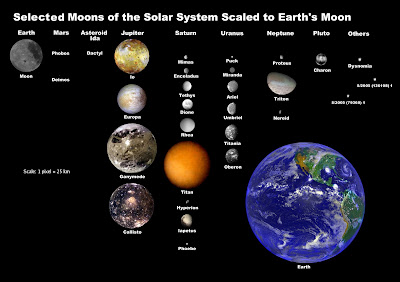I promised I’d tell you about all the exciting things that have
happened to me recently, so here’s a couple to get you started. I’ve been so
busy lately but now I’m having a couple of weeks off with my boyfriend it seems
like a suitable time to stop and take stock of everything that’s happened.
Sometimes I'm so busy just getting on with things that I forget how amazing these opportunities are (especially if completely wear me out!).
Some weeks ago I helped my supervisor with the Royal Society Summer
Science Exhibit he’d organised by sorting out a rota for the volunteers that
fitted in with everyone’s schedule. This was supposed to be a relatively simple
task that involved collating everyone’s information on when they were available
from a google document that they’d filled in into a huge spreadsheet that ensured
enough people were always on the stand. Perhaps this is showing my naivety but I really did think
it would be that simple. I thought I’d finished the rota quite a few times but
following several emails concerning child care, suit collection, ‘I know I said
I’d do that originally but really I’d rather do this’ and a major mishap
to do with finishing times it was eventually completed to everyone’s
satisfaction.
The Royal Society is amazing. I’d never been there until this
exhibition but I really should have made the effort to visit. The summer
science exhibition runs every year and is open to the general public, with one
day reserved exclusively for schools. Literally anyone can walk in from the
street and have the most difficult and interesting subjects in modern science
explained to them. It’s quite nerve wracking if you’re on a stand – you never
know whether the person you’re talking to is a scientist or someone who’s only
experience of science comes from their children’s homework. As a volunteer I
had questions like ‘What is energy?’ and ‘How does the Sun make light?’ – and
you have to be prepared to give some kind of answer, no matter how difficult
the topic!
My supervisor’s stand was on the subject of Icy Worlds – focussing
on the Cassini mission that is currently orbiting around Saturn and the newly
approved JUICE mission that will investigate Jupiter and its moons. Cassini is
coming to the end of its mission and is scheduled to be crashed into the
surface of Saturn shortly to avoid unnecessary space debris, but it’s given us
a lot of new science and many people (in my group at MSSL in particular) talk
about Cassini as if it’s an old friend.
In contrast JUICE, the JUpiter ICy moons Explorer (what people
will do for a catchy name!), is the new kid on the block. It’s only recently
been approved as an ESA mission, with instrument teams being selected from
different universities. Not everyone got what they wanted in the first round so
there was a mad dash for unsuccessful groups to collaborate with those that had
won the round. It should be quite an interesting mission though as Jupiter is a
very interesting system. It’s the biggest planet in the solar system, with its
own huge magnetic field forming an extended magnetosphere that is the largest
structure in our solar system. Jupiter’s huge gravitational pull has helped it
to trap lots of interesting bodies in our solar system, and some of its moons
are very unique. Four of Jupiter’s moons are so large that they could be seen
by Galileo in 1610 and provided strong evidence for his sun-centric solar
system - because if these moons didn’t orbit the Earth then maybe other objects didn’t have to either. One of the Galilean moons called Ganymede is the only
moon in our solar system with its own magnetic field. No one really knows why
this is at the moment – there shouldn’t be any activity in the core because it
is relatively small and cold. Hopefully JUICE will shed some light on this.
Cassini made a big stir in the space physics community when it found
plumes of water ice spewing out of the surface of Saturn’s moon Enceladus, like
huge space geysers. This implied a huge water-ocean just underneath the surface
of the moon that was constantly coming up through cracks in the surface ice and
recycling the surface.
We usually estimate how old a moon is by counting how many impact craters
are on the surface, because the older the moon the higher the chance of another
body colliding with it. However, if the moon’s surface is constantly being
renewed then crater counting would be useless- so discovering the plume at Enceladus
explained how it could be so much smoother than the other moons in the Jupiter
system. There’s a very similar moon in Jupiter’s system with a very smooth
surface called Europa, so maybe JUICE will discover similar features to
Enceladus or maybe something different is going on. No one really knows and
we can’t sit in our offices thinking about it – something/someone has to go and
have a look! That’s why I love space physics.
 |
| Moons of the Solar Solar System to Scale (Image from NASA's website). If this is a bit small for you then try this link: http://solarsystem.nasa.gov/multimedia/display.cfm?IM_ID=2823 |
I think it's fascinating. I studied Astronomy at A-level but chose not to do it any further as I got such an awful mark! I still enjoy reading about new discoveries though.
ReplyDeleteJust wondered if you'll be doing a post about how the orbit of a satellite differs (if at all) when the shape is irregular like Proteus? SS